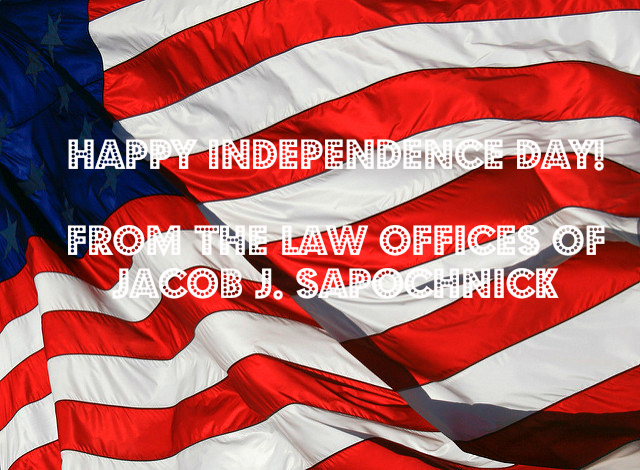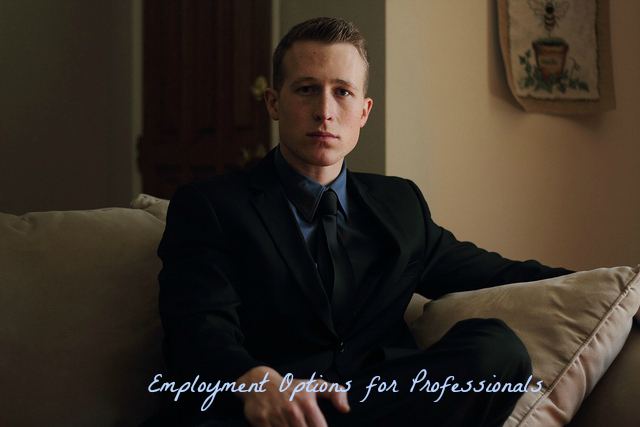Articles Posted in Employment Based Petitions
AILA 2016 Open Forum Updates
Last week our very own managing attorney Jacob Sapochnick, Esq., and associate attorney Yingfei Zhou, Esq. had the pleasure of attending the 2016 American Immigration Lawyers Association (AILA) Conference on Immigration Law in Las Vegas, Nevada. Together, they bring you the most up to date information on the new N-400 online filing system and new N-400 form, the new customer service tool EMMA—a computer-generated virtual assistant, information regarding delays in adjudication of H-1B extension/transfer applications and Employment Authorization applications, filing tips for H-1B extensions, updates on EB-1C Multinational Executive/Manager green cards, Employment Authorization eligibility for spouses of E-2 and L-1 visa holders, and updates on Administrative Appeals Office (AAO) Decisions.
New Naturalization Form and N-400 Online Filing System
- USCIS recently published a new N-400 form on 04/13/2016. Applicants may use the previous 09/13/2013 version until 08/09/2016. Any naturalization applications received on or after 08/10/2016 containing the old form with revision date 09/13/2013 will be rejected and returned to the sender.
- USCIS is currently testing a new N-400 online filing system. This system will be available to applicants without legal representation and will eventually become available to applicants represented by an immigration attorney.
New Customer Service Tools EMMA
- USCIS is introducing a new customer service tool called EMMA – a computer-generated virtual assistant who can answer your questions and even take you to the right spot on the USCIS website. EMMA is USCIS’ version of ‘Siri’ and is designed to help you navigate the USCIS website. EMMA is available in the Spanish language. So far, EMMA has managed to answer 80% of questions asked.
The Importance of Submitting a Change of Address (Form AR-11)
Did you know that if you fail to provide USCIS written notice of a change of address, within 10 days of moving to your new address, you may be convicted of a misdemeanor crime? If you currently have a case pending with USCIS, and you fail to provide written notice of a change of address to USCIS, within 10 days of moving, you could face a fine of up to $200, imprisonment up to 30 days, or both if convicted. If you are an alien (non U.S. Citizen) you could also face removal from the United States for non-compliance (INA Section 266(b)).
It is extremely important for applicants to notify USCIS immediately upon moving to a new address. Filing a change of address with USCIS is easy and it’s free. Applicants may change their address online by visiting the USCIS website and completing Form AR-11 online. In order to file a change of address online, you must know the Receipt Number (appearing on the Notice of Action) associated with your application, if your application is currently pending with USCIS. A Receipt Number is also known as the case number, identifying the petition submitted. The Receipt Number typically begins with three letters and is followed by ten digits.
The first three letters of the Receipt Number indicate the USCIS service center which is processing the petition, as follows:
– EAC – Vermont Service Center;
– WAC – California Service Center;
– LIN – Nebraska Service Center; and
– SRC – Texas Service Center
If you have filed more than one petition with USCIS (as in cases of adjustment of status for spouses of U.S. Citizens) you must provide the receipt number of each petition you have filed, when submitting the change of address online. If you do not have your receipt notice or have lost it, you should contact USCIS National Customer Service Center by telephone for assistance:
Our number is: 1 (800) 375-5283
Our TTY number is: 1 (800) 767-1833
If you are outside the United States and have filed an application or petition with a USCIS Service Center, you can call 212-620-3418 to check the status of your case.
H-1B Rejections for Unselected Petitions and Employment Options for Professionals
Throughout the next few months, USCIS will begin the process of returning H-1B petitions that were not selected in the H-1B lottery for fiscal year 2017. Each package will contain the respective H-1B petition along with a rejection notice specifying that the petition was not selected in the lottery. If you would like a copy of your rejection notice, please contact your employer or the attorney that filed your petition with USCIS. If you were not selected in the H-1B lottery for fiscal year 2017, there are a few visa options you may want to consider applying for. As always you can visit our website to read about the various different visa types that may be available to you. To discuss your options moving forward, please contact us for a consultation. Do not despair. Many applicants that were not selected in the H-1B lottery in previous years, have been chosen in subsequent years.
Long Term Options for Employment
Employment-Based Green Card
Typically, the employment-based green card application is the most permanent long term option for employment. The drawback is that obtaining an employment-based green card is a very long process that will require you to maintain another nonimmigrant status, while your green card application is pending. For more information on employment-based green cards please click here.
Family-Based Green Card (Adjustment of Status within the United States)
If you are the spouse, parent or child of a U.S. citizen, you may be eligible for family-based permanent residency. The green card application includes the application for employment authorization, which is granted within 3 months of filing. Employment authorization allows the applicant to work while their application is in process. Please be aware that the 3-month time frame for employment authorization is only for applicants applying for adjustment of status from within the United States. For more information about this process please click here.
June 2016 Visa Bulletin: EB-2 and EB-3 Retrogressions India and China
The U.S. Department of State (DOS) recently released the June Visa Bulletin. The Chief of Visa Control and Reporting Division, Charles Oppenheim has provided new insights and developments pertaining to the June 2016 Visa Bulletin. Cutoff dates listed below form part of the final action (FA) chart of the Visa Bulletin. Currently, USCIS has advised adjustment of status family-sponsored and employment-based applicants to refer to cutoff dates that appear on the final action chart for the month of June, and not the date of filing chart.
Employment-Based, First Preference (EB-1)
Demand for the EB-1 category remains at a very high level. DOS has said that should demand continue to remain at the same rate, some form of “corrective action” would be necessary before the close of the fiscal year to regulate worldwide visa numbers. This may require the establishment of a cutoff date or other form of regulation.
India Employment-Based, Second Preference (EB-2)
Demand for the EB-2 category is also very high. Due to increasing demand, there will no longer be unused numbers available in excess of the normal EB-2 per-country limit. EB-2 Worldwide and EB-2 India demand is expected to increase. The high level of demand for visa numbers in the EB-2 India Category and lack of excess numbers from EB-2 worldwide has caused the EB-2 India final action date to retrogress to October 1, 2004 for the month of June.The DOS expects that the EB-2 India cutoff date will advance slowly for the rest of the fiscal year, at a pace similar to the EB-3 advancement.
USCIS to Increase Immigration Filing Fees for Employers and Foreign Nationals
On May 04, 2016 the Department of Homeland Security published a proposed rule in the Federal Register, announcing that filing fees for many USCIS petitions and applications are expected to increase for U.S. employers and foreign nationals. The proposed regulation stipulates that filing fees may be adjusted for certain immigration and naturalization benefit requests by USCIS. The increase in filing fees was considered after USCIS conducted a comprehensive review of its fees and found that the current fees do not cover the cost of services provided by USCIS. According to USCIS, in an effort to fully recover costs and maintain adequate services, “an adjustment to the fee schedule will be necessary”. According to the regulation, fees for most employment-based petitions and applications would be raised by an average of 21%, though other types of petitions may experience a higher increase in filing fees.
According to DHS, the higher fees will more accurately reflect the current cost of processing immigration applications and petition. A portion of the increased fees would provide additional funding for refugee and citizenship programs as well as system support for interagency immigration status verification databases. The increase in filing fees will not take effect until the federal government approves the regulation, which is expected to take several months following the close of the 60-day comment period on July 5, 2016.
According to the new fee schedule under consideration, employment-based petitions would be the most impacted by the increase in filing fees. The filing fee for Form I-129, Petition for a Nonimmigrant Worker, would increase by 42% to a fee of $460, from the current rate of $325. Similarly, the filing fee for Form I-140, Immigrant Petition for Alien Worker, would increase by 21% to a fee of $700, from the current rate of $580. The complete fee schedule under consideration has been provided below for your reference.
The EB-5 Immigrant Investor Visa Program is expected to be the most heavily affected by the new fee schedule. The filing fee for Form I-924, Application for Regional Center Under the Immigrant Investor Pilot Program, would increase by a rate of 186% requiring Regional Centers seeking designation under the program to pay a filing fee of $17,795 instead of the current rate of $6,230. In addition, Regional Centers would be required to pay a $3,035 annual fee to certify their continued eligibility for the designation. Currently, there is no fee in place for annual certification. The filing fee for the I-526 Immigrant Petition by Alien Entrepreneur, an application associated with the EB-5 visa program, would also increase to a rate of $3,675, a 145% increase up from the current rate of $1,500. The filing fee for an investor’s petition to remove conditions on residence would remain unchanged under these new regulations.
USCIS Completes Data Entry for H-1B Cap FY 2017
Today May 2, 2016 USCIS announced that data entry for all selected H-1B cap-subject petitions has been completed for fiscal year 2017. Our office expects to receive the final receipt notices of selection for H-1B cap-subject petitions within the next 1-2 weeks. We do not believe that USCIS will be mailing out any more receipt notices for H-1B cap-subject petitions after May 13, 2016. USCIS will begin the process of returning all H-1B cap-subject petitions that were not selected in the random lottery conducted on April 9, 2016. In past years, unselected H-1B petitions have typically been received by our office in the month of June. USCIS recommends that petitioners wait until they have received either a receipt notice or unselected petition in the mail, before contacting USCIS to inquire about the status of a petition. USCIS will issue an additional announcement once all unselected petitions have been returned.
H-1B Cap Premium Processing to Begin May 12 FY 2017
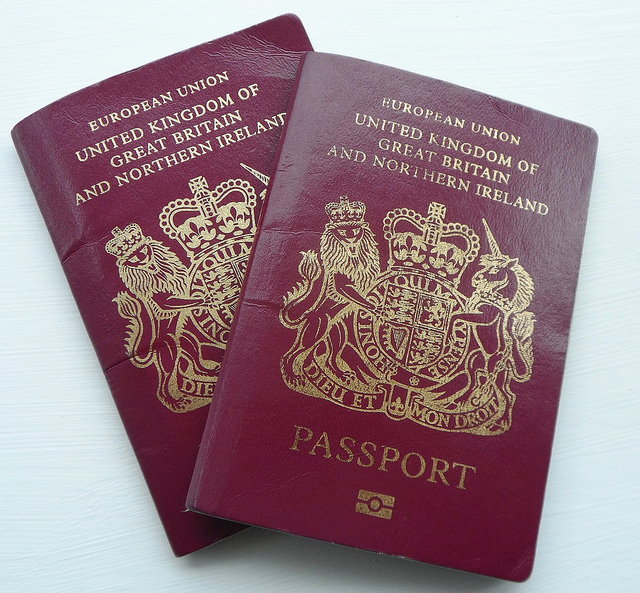 U.S. Citizenship and Immigration Services (USCIS) has announced that premium processing for cap-subject H-1B petitions (Bachelor’s cap and Master’s cap) will begin on May 12, 2016. USCIS had previously announced that premium processing would begin no later than May 16, 2016. During fiscal year 2016, USCIS began premium processing on April 27th. This year there will be a slight delay in premium processing due to the large volume of cap-subject H-1B petitions received for fiscal year 2017. Approximately 3,000 more petitions were received this year, when compared to the previous year. USCIS guarantees a 15-calendar-day processing time for certain employment-based petitions as part of the premium processing service. If you did not submit Form I-907 Request for Premium Processing Service with your initial H-1B petition, and you receive notification that your petition has been accepted, you can upgrade your petition to premium processing at any time by filing Form I-907 with the filing fee.
U.S. Citizenship and Immigration Services (USCIS) has announced that premium processing for cap-subject H-1B petitions (Bachelor’s cap and Master’s cap) will begin on May 12, 2016. USCIS had previously announced that premium processing would begin no later than May 16, 2016. During fiscal year 2016, USCIS began premium processing on April 27th. This year there will be a slight delay in premium processing due to the large volume of cap-subject H-1B petitions received for fiscal year 2017. Approximately 3,000 more petitions were received this year, when compared to the previous year. USCIS guarantees a 15-calendar-day processing time for certain employment-based petitions as part of the premium processing service. If you did not submit Form I-907 Request for Premium Processing Service with your initial H-1B petition, and you receive notification that your petition has been accepted, you can upgrade your petition to premium processing at any time by filing Form I-907 with the filing fee.New OPT Extension for STEM Students, Applications to be Accepted Beginning May 10th
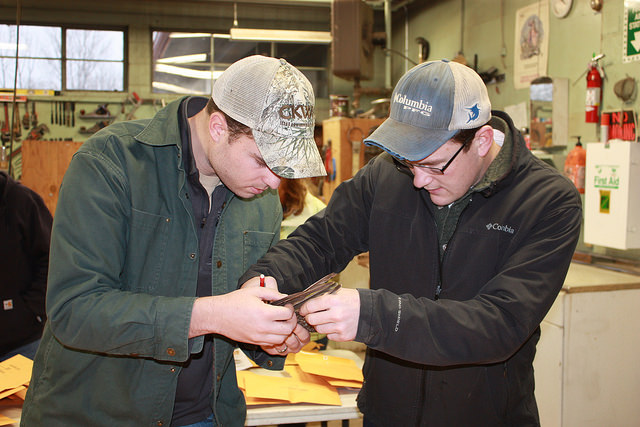
As previously reported, the Department of Homeland Security published a new final rule that will allow certain F-1 students with degrees in science, technology, engineering, or mathematics, also known as (STEM) fields, to apply for a 24-month extension of their optical practical training (OPT) program. This new 24-month OPT extension will replace the 17-month STEM OPT extension that had been previously in place since 2008. Eligible students can begin to apply for the new 24-month extension starting May 10, 2016. If you mistakenly apply for a 24-month extension before May 10, 2016 you will receive a 17-month extension.
Applicants should note that the cap gap extension has not changed. Individuals who have filed an H-1B change of status application that is currently pending with USCIS, must keep in mind that their status will only be extended until September 30. It is recommended that selected H-1B participants upgrade their petition to premium processing, so that foreign workers in F-1 status do not experience significant gaps in employment. USCIS will adjudicate STEM OPT applications under the 2008 rules until May 9, 2016. STEM OPT extension applications filed and approved before May 10, 2016 will receive a 17-month extension. If you have a pending application requesting a 17-month STEM OPT extension on May 10, 2016 you will receive a request for evidence asking for additional documentation to satisfy the new rule for the new 24-month extension. We have learned that the SEVIS system will be updated so that I-20’s will reflect 24-month extensions.
Students currently on 17-month STEM OPT
UPDATE: USCIS Completes H-1B Lottery, more than 236,000 Petitions Received FY 2017
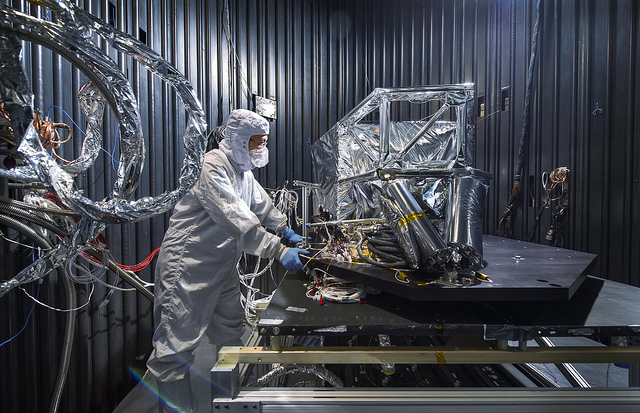
This week USCIS announced that over 236,000 H-1B petitions were received by the agency for fiscal year 2017 (including petitions for the general cap and advanced degree exemption), compared to last year’s 233,000. Following the close of the filing period, USCIS conducted a random computer-generated lottery on April 9, 2016 beginning the selection process for the 20,000 available visas for advanced degrees first. Unselected advanced degree petitions were then placed in the lottery to fill the 65,000 general cap. Foreign workers holding an advanced degree from the United States were thus given two chances at selection. Any petitions that were not selected by USCIS will be returned along with official rejection notices, and original filing fees. This year, our office filed 15 advanced degree petitions and 40 bachelor’s cap petitions for a total of 55 H-1B petitions. Of these petitions, 46 were filed with regular processing, and 15 were filed with premium processing. The majority of these petitions were filed with the California Service Center.
As of this afternoon, we have only received 4 selection emails from the California Service Center (CSC) for advanced degree petitions filed with premium processing, and only 1 selection email for a bachelor’s cap petition filed with premium processing. We do not expect to receive any ‘receipt notices’ for petitions filed with regular processing until late April through the month of May. At this point, it does not appear that USCIS has begun cashing filing fees for selected petitions. If the filing fees for your H-1B petition have not been cashed, this does not mean that your H-1B petition was not selected. It is too early to make this conclusion. Employers should monitor their bank accounts closely within the next 2-4 weeks.
This year, USCIS received approximately 3,000 more petitions compared to last year. As in previous years, the H-1B cap was reached within the first five business days of the H-1B filing period. This year the chances of selection ran at roughly 65% for foreign workers holding a U.S. advanced degree, and roughly 35% for foreign workers holding a bachelor’s degree. Last year, the chances of being selected was about 60% for advanced degree holders, and 30% for bachelor’s degree holders.
 Visa Lawyer Blog
Visa Lawyer Blog


